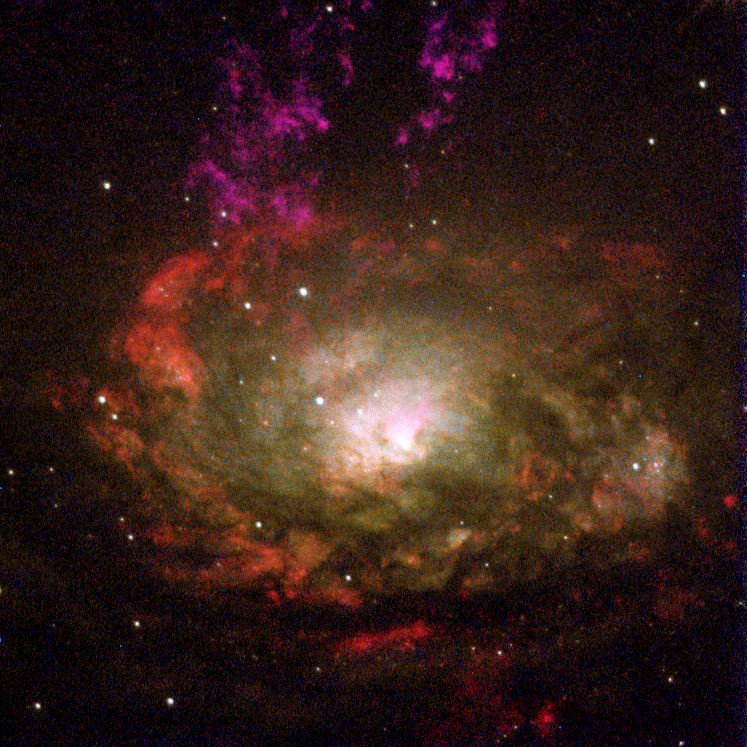Fájl:Circinus.galaxy.750pix.jpg
Megjelenés

Az előnézet mérete: 600 × 600 képpont További felbontások: 240 × 240 képpont | 480 × 480 képpont | 747 × 747 képpont.
Eredeti fájl (747 × 747 képpont, fájlméret: 928 KB, MIME-típus: image/jpeg)
Fájltörténet
Kattints egy időpontra, hogy a fájl akkori állapotát láthasd.
| Dátum/idő | Bélyegkép | Felbontás | Feltöltő | Megjegyzés | |
|---|---|---|---|---|---|
| aktuális | 2011. június 13., 17:07 | 747 × 747 (928 KB) | Mylius | Better quality, converted from original TIFF | |
| 2005. október 31., 12:14 | 600 × 599 (82 KB) | Kauczuk | Galaktyka typu Seyferta w Cyrklu (Circinus). Galaktyka leży 13 milionów lat świetlnych stąd w południowej konstelacji Cyrkla. Jej typ to Seyfert II, będący klasą głównie spiralnych galaktyk posiadających zwarte centra, w których jak sie uważa |
Fájlhasználat
Az alábbi lapok használják ezt a fájlt:
Globális fájlhasználat
A következő wikik használják ezt a fájlt:
- Használata itt: af.wikipedia.org
- Használata itt: ar.wikipedia.org
- Használata itt: ast.wikipedia.org
- Használata itt: br.wikipedia.org
- Használata itt: bs.wikipedia.org
- Használata itt: ca.wikipedia.org
- Használata itt: ceb.wikipedia.org
- Használata itt: cs.wikipedia.org
- Használata itt: cy.wikipedia.org
- Használata itt: da.wikipedia.org
- Használata itt: de.wikipedia.org
- Használata itt: el.wikipedia.org
- Használata itt: en.wikipedia.org
- Használata itt: en.wikiversity.org
- Használata itt: eo.wikipedia.org
- Használata itt: es.wikipedia.org
- Használata itt: et.wikipedia.org
- Használata itt: eu.wikipedia.org
- Használata itt: fa.wikipedia.org
- Használata itt: fr.wikipedia.org
- Használata itt: gl.wikipedia.org
- Használata itt: he.wikipedia.org
A fájl globális használatának megtekintése